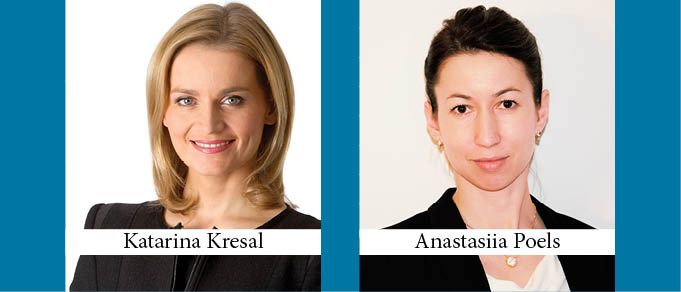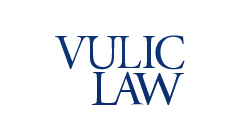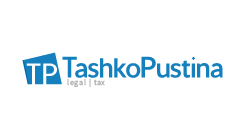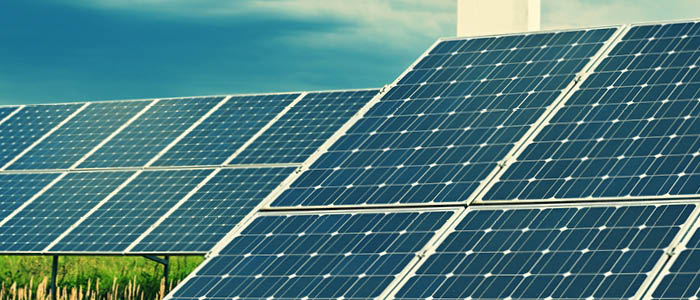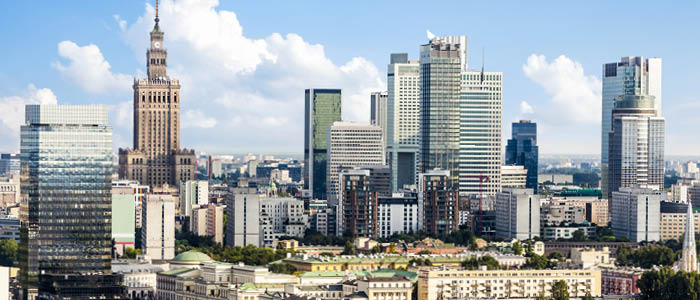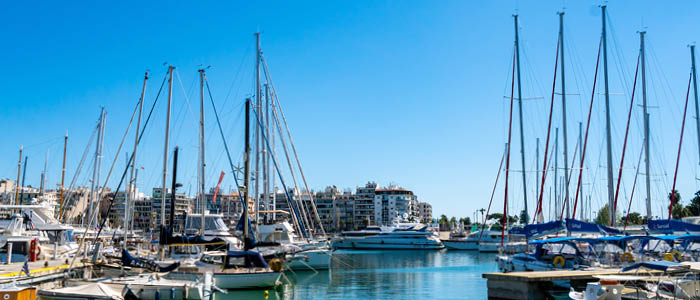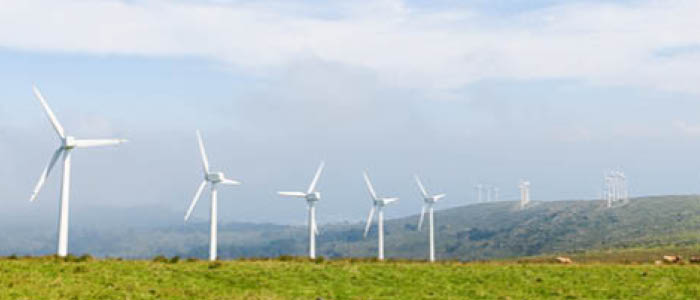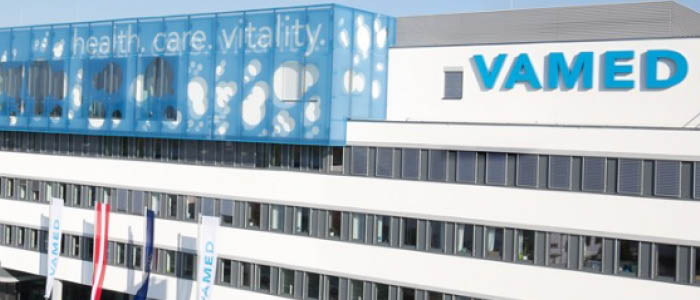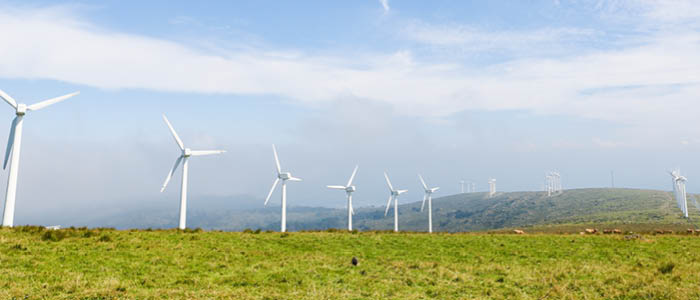Macedonia has started the process of liberalizing and privatizing the energy market as an obligation deriving from the Treaty establishing the Energy Community signed on October 25, 2005 in Athens (the “Treaty”).
Ukraine’s Energy Market: 2017 Year in Review
For various reasons, 2017 was a remarkable year for the electricity sector in Ukraine. Chief among them, no doubt, was the long-awaited adoption of the new law on the electricity market. Ukraine’s electricity market has been liberalized not only because of the country’s commitments under the EU Third Energy Package, but also as the benefits of competition became evident in the wholesale gas market. This liberalization started almost three years ago and is still on-going, though admittedly not without challenges.
Power Generation from Renewables in Hungary – What’s Next?
On the first anniversary of the introduction of Hungary’s long-awaited renewable energy support scheme (known as “METAR”), we look back at its first year and ahead to the future of renewable energy in Hungary from a legal perspective.
Upcoming Challenges for the Slovak Energy Market
The Slovak energy market is in a state of transition. Energy security continues to be a key driver of the country’s energy policy. Long characterized by its reliance on gas from the Russian Federation, Slovakia continues to seek alternative sources to supply its energy needs. To a large extent, the solution has been to invest billions into nuclear power, while the development of renewable energy sources (RES) has so far been slow.
Public Aid for Czech Green Energy Sources
Supporting the generation of electricity and heat from renewable energy sources has a long-standing tradition in the Czech Republic.
Offshore Investments in Polish Maritime Areas
In Western Europe, offshore wind farms have been successfully used for a long time. Meanwhile, no power-generating installation of this type is currently operating on the waters of the Baltic Sea under Polish control.
Greece: An Emerging Energy Hub in the SE Mediterranean
Greece has long been a regional energy market. However, drastic changes have been taking place which have the potential to transform Greece to an energy hub in the South Eastern Mediterranean region. The first step was made with the inauguration of the Greek-Turkish gas pipeline at the beginning of the millennium.
Romania May Become One of the Great European Powers in the Energy Sector
Natural Gas: The Road to Becoming a Gas Exporter
Romania has a petroleum history reaching back more than 150 years, as the country was the first to produce crude in the world and the first to build a modern oil refinery.
Energy Performance Contracts in the Slovenian Public Sector
The first recorded energy performance contracting project in Slovenia was carried out in 2002, and was soon followed by a number of other similar projects, notably in the public sector. Thus, energy performance contracts are not a new concept in the Slovenian business sphere, although it was not until 2014 that the country’s newly adopted Energy Act transposed Directive 2012/27/EC on energy efficiency and introduced a comprehensive definition of an energy performance contract.
Upcoming Changes to the Serbian Renewables Support Scheme and Energy Community Involvement
The Serbian Minister for Mining and Energy recently stated that Serbia will manage to fulfill its obligation and reach the target of 27% of total energy consumption from renewables by 2020. The statement followed a stream of positive news in relation to development of several large-scale wind power projects in Serbia, such as Cibuk I, Kovacica, and Alibunar.
The Promising Wind Power Generation Perspectives in Lithuania
The Lithuanian energy sector, like the European Union’s, faces the challenging task of finding an effective and competitive way to transition to clean energy while at the same time ensuring a secure energy supply. Energy efficiency, renewable energy, and prosumers are first priorities.
Renewables – Is Croatia Using Its Potential?
Over the last years, Croatia has produced more electricity from renewable than from fossil sources. The share of renewables in electric energy generation varies depending on hydrological conditions, as the majority of electric energy in Croatia is generated from large hydropower plants.
Striving Towards the Black Gold
The first upscale exploration of oil and gas in Montenegro started in 1914, when King Nikola Petrovic approved the National Assembly’s decision for oil exploration around Lake Skadar. The first well in the area of Crmnica dates back to 1922 – although it produced nothing of significance.
Securitization from a Slovenian Perspective
For the past five years the financial market in Slovenia has been characterized by a process involving the selling of non-performing loan and leasing receivables (“Receivables”), mostly to foreign investors. According to information published by the Bank of Slovenia, Slovenian banks still have approximately EUR 1.5 billion of non-performing loans on their balance sheets, and we expect to see more of these loans being sold in the next two years.
Investing in Slovenia: Russia in Focus
Of the former Yugoslavian countries, Slovenia was the least penetrated by Russian businesses – a result of mutual caution on both sides.
Bankruptcy in the Spotlight in Serbia
The past decade was rather dynamic in terms of the development of the legal framework for bankruptcy in Serbia, as, since its adoption in 2009, the Bankruptcy Law has undergone several amendments, most recently in late 2017, designed to improve the efficiency of the bankruptcy proceedings.
Geographical Indications of Origin in Serbia: Where the Past Fuels the Future
Geographical indication of origin, this very peculiar form of industrial property protection, has undergone a revival phase over the past few years, becoming omnipresent not only within natural circles of interest, but also amongst the Serbian public at large.
Montenegrin Law on Capital Market: New Law to Support Investors?
Montenegro, being a small country, is characterized by rapid modifications and changes in its business and financial environments. The new Montenegrin Law on the Capital Market (the “Law”), which came into force at the very beginning of 2018, is designed to create and develop a consolidated financial background, and represents the first attempt to introduce a systematic regulation in this domain to support investors and efficiently protect their interests.















